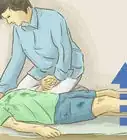This article was medically reviewed by Luba Lee, FNP-BC, MS. Luba Lee, FNP-BC is a Board-Certified Family Nurse Practitioner (FNP) and educator in Tennessee with over a decade of clinical experience. Luba has certifications in Pediatric Advanced Life Support (PALS), Emergency Medicine, Advanced Cardiac Life Support (ACLS), Team Building, and Critical Care Nursing. She received her Master of Science in Nursing (MSN) from the University of Tennessee in 2006.
There are 14 references cited in this article, which can be found at the bottom of the page.
wikiHow marks an article as reader-approved once it receives enough positive feedback. In this case, 91% of readers who voted found the article helpful, earning it our reader-approved status.
This article has been viewed 257,200 times.
High temperatures are more than just uncomfortable—if you’re not used to them, they can actually be dangerous. Whether you’re a construction worker, landscaper, competitive athlete or you’ve just moved somewhere with a hotter climate, there are a few simple measures you can take to gradually get yourself accustomed to your surroundings and beat the heat. The most important thing to remember is to build up your tolerance a little at a time. Beyond that, make sure you wear light, breathable clothing, drink plenty of water, and pay attention to warning signs that you might be overheating.
Steps
Adjusting to Hotter Weather
-
1Start with light recreational activities. When you’re first getting used to the heat, it’s best to take things nice and easy until you know how you’ll respond. Go for a brisk walk, toss a football around or take care of a little yard work. Just be careful not to overdo it—being out for too long can quickly leave you feeling drained.[1]
- You may not be ready to jump right into your normal routine if you’ve recently relocated somewhere warmer.
- Head out in the early part of the day while it’s still tolerable and let yourself warm up with the weather.
- Try to avoid any strenuous activity during the heat of the day. If you want to do more intense workouts, stick to exercising in the morning or evening when temperatures are lower.
-
2Turn down the air conditioner. Try dropping your thermostat 1-2 degrees every day for a couple of weeks. This will help make your conditions inside more like the ones outside. With constant exposure to above-average temperatures, your body will have no choice but to adapt.[2]
- As a general goal, your thermostat should be set no more than about 10 degrees cooler than the temperature outside once you’ve reached peak acclimation.
- Your progress will be much slower if you constantly rely on air conditioning to cool yourself off. It will also be more difficult to adjust to the heat when you’re switching between cold indoor and hot outdoor temperatures.
Advertisement -
3Prepare yourself mentally. Before you step outside, drink at least 12 ounces of cold water to make sure you're starting off properly hydrated. Take a few deep breaths to calm your nerves, and get ready to sweat. Sweltering heat is uncomfortable no matter how you look at it. The sooner you make peace with your environment, the better equipped you’ll be to deal with it.
- Be patient. Getting used to any change in temperature just takes time.
-
4Keep up your momentum. It only takes about one week for you to start feeling the loss of the physiological changes you worked so hard for. To maintain your acclimated state, you’ll need to continue to brave the heat at least every other day. Once it’s gone, you’ll have to start all over again to get it back.[3]
- Keep up a regular schedule of outdoor activity or exercise in the morning and evening. For best results, aim for at least 2-3 days a week.
Being Active in the Heat
-
1Perform small bursts of activity. When you’re first getting acclimated to working out outdoors, it’s best to start with roughly 15 minutes of moderate exercise at a time. As your conditioning improves, you can begin to add 2-3 minutes to each session. Take plenty of rest breaks and be careful not to try to do too much too soon.[4]
- Pay close attention to how you feel after each period of activity. If you detect that your performance is dropping off, play it safe and decrease your intensity or take longer breaks.
- It typically takes about two weeks for the average person to become heating acclimatized.
-
2Drink plenty of water. Fill up on cold water before you set out to bike, hike, or jog, and plan for frequent hydration stops along the way. Keeping your tissues flushed with water is crucial if you’re going to be slogging it out in stifling conditions—elevated temperatures will cause you to sweat constantly, even when you’re not actively exerting yourself.[5]
- Dehydration can be deceptive. Replenish your fluid levels at regular intervals, whether you feel thirsty or not.
- Always carry a water bottle with you or make sure there’s another available source of water nearby.
- Try room temperature water since it’s the best for your body.
- Avoid drinking hot liquids since they will make you feel warmer.
- Sports drinks not only replenish fluids, but they also have essential electrolytes which are needed to power your muscles through a workout.[6]
-
3Increase the amount of time you spend outside gradually. After your first couple of weeks in a new environment, crank up the duration of your activity to around an hour at a time. This will soon become easier, and you can begin spending even longer periods outdoors. If your goal is to acclimatize as quickly as possible, plan on building up to least two hours a day.[7]
- Once you’re able to comfortably stay out for two or more hours a day, you’ll begin to feel much more at ease in motion and at rest.
- Raise your tolerance by finding an area with some light shade or stripping off non-essential items of clothing rather than seeking refuge indoors.
-
4Don’t exceed your limits. Monitor your heart rate and breathing patterns vigilantly and be ready to call it a day if they start getting out of control. Even if you’re an elite athlete, there will come a point when your body can no longer keep up with the demands of working out in the heat. At this point, your continued efforts can go from difficult to dangerous.[8]
- Listen to your body, not your exercise journal. Stop what you're doing and seek out a shady place to rest when you feel the heat getting to you, even if you haven't finished your session.
- Consider splitting your workouts up into multiple short sessions to reduce your risk of overheating.[9]
Staying Safe and Healthy
-
1Wear lightweight clothing. Stick to short-sleeved items like t-shirts, shorts, tank tops, and moisture-wicking activewear until you’ve built up an immunity to the heat. Pieces with loosely-woven materials and more relaxed fits are also preferable, as they’ll allow your skin to breathe. Whatever you wear, it’s important that it be properly ventilated to release heat rather than trapping it close to your body.[10]
- Choose light-colored garments over darker ones. Lighter colors reflect the sun’s rays, which cuts down on how much heat they hold, whereas dark colors absorb it.[11]
-
2Replace lost nutrients with food. Load up on foods that contain beneficial electrolytes and key vitamins and minerals before and after venturing outdoors. Fruits and vegetables like bananas, spinach, avocados, and beans are all good choices. Just as it’s so important to stay hydrated, proper nutrition is also a critical part of taking care of your body.[12]
- Don’t shy away from salty foods. These cause you to retain water, which is useful for combating dehydration.
- Protein-rich offerings like lean meats, fish, eggs and nuts will satisfy your hunger for longer without filling you up too much.[13]
- Look for cooling foods such as watermelon, cucumber, yogurt, mint, melons, leafy green vegetables, and onions.[14]
-
3Recognize the symptoms of heat exhaustion. Some of the most common warning signs of heat-related illness include dizziness, nausea, overwhelming fatigue and an accelerated heart rate. If you become aware of any of these warning signs, stop what you’re doing immediately and find someplace to escape the heat.[15]
- A cool shower (not ice cold—a drastic change of temperature can be a shock to the body) will help return your body to a normal temperature.
- Heat exhaustion can be fatal when ignored. Practice good judgment and avoid taking unnecessary chances with your wellbeing.
Expert Q&A
Did you know you can get expert answers for this article?
Unlock expert answers by supporting wikiHow
-
QuestionHow can I cool off if I don't have air conditioning and I get too hot?
 Victor BelavusVictor Belavus is an Air Conditioning Specialist and the Owner of 212 HVAC, an air condition repair and installation company based in Brooklyn, New York. In addition to HVAC and air conditioning units, Victor also specializes in furnace repair and air duct cleaning. He has over 10 years of experience working with HVAC systems.
Victor BelavusVictor Belavus is an Air Conditioning Specialist and the Owner of 212 HVAC, an air condition repair and installation company based in Brooklyn, New York. In addition to HVAC and air conditioning units, Victor also specializes in furnace repair and air duct cleaning. He has over 10 years of experience working with HVAC systems.
Air Conditioning Specialist
Warnings
- If symptoms of heat exhaustion don’t start to clear up within 15 minutes, seek immediate medical attention.⧼thumbs_response⧽
- Since they make it harder for your body to retain water, drinks like coffee, alcohol, and sugary sodas are not a good choice when it comes to staying hydrated.⧼thumbs_response⧽
References
- ↑ https://sleep.org/articles/sun-makes-you-tired/
- ↑ http://nymag.com/scienceofus/2016/08/too-much-air-conditioning-is-warping-how-you-handle-heat.html
- ↑ http://vitals.lifehacker.com/how-to-get-used-to-exercising-in-the-heat-and-why-you-1716804690
- ↑ http://www.mayoclinic.org/healthy-lifestyle/fitness/in-depth/exercise/art-20048167?pg=2
- ↑ https://www.livescience.com/38553-staying-hydrated-in-the-heat.html
- ↑ https://my.clevelandclinic.org/health/articles/avoiding-dehydration
- ↑ http://www.mensfitness.com/training/endurance/the-heat-wave-workout-how-to-train-in-hot-weather
- ↑ http://www.mayoclinic.org/healthy-lifestyle/fitness/in-depth/exercise/art-20048167?pg=2
- ↑ http://www.shape.com/fitness/tips/tips-working-out-summer-heat
- ↑ http://www.esquire.com/style/mens-fashion/a7917/how-to-stay-cool-in-hot-weather-070710/
- ↑ http://www.skincancer.org/prevention/sun-protection/clothing/protection
- ↑ http://blog.outdoorherbivore.com/life/replenishing-electrolytes/
- ↑ http://vitals.lifehacker.com/the-ideal-amount-of-protein-you-need-in-a-meal-to-feel-1779376427
- ↑ https://spoonuniversity.com/lifestyle/13-foods-that-will-keep-you-cool-for-the-summer
- ↑ http://www.webmd.com/fitness-exercise/heat-exhaustion#1
About This Article
To acclimate to hot weather, wear lightweight clothing, like shorts and short-sleeved t-shirts, until you’re comfortable with the heat. You should also drink water at regular intervals even if you don’t feel thirsty, since the heat can dehydrate you easily. Additionally, increase the amount of time you spend outside gradually by adding 2 to 3 minutes to each session until you’re able to stay outdoors for 2 hours. However, make sure to get out of the heat if you experience symptoms of heat exhaustion, like dizziness, nausea, or extreme fatigue. For tips on how to exercise outdoors in hot weather, keep reading!
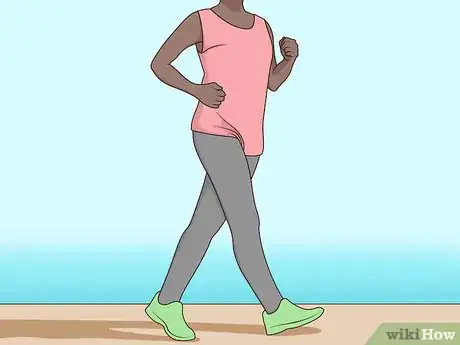
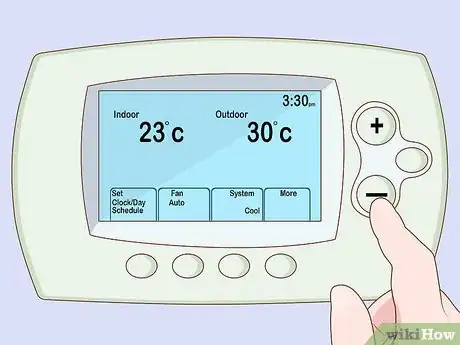

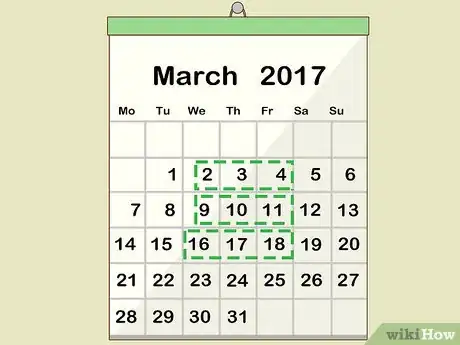

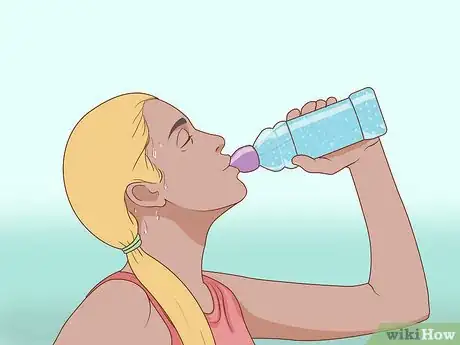
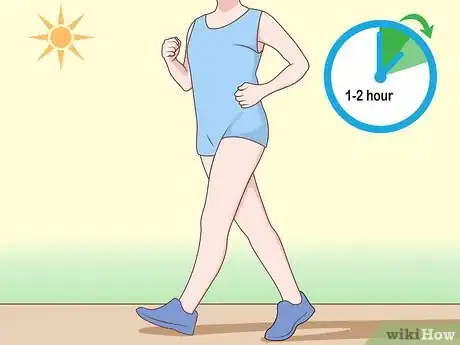
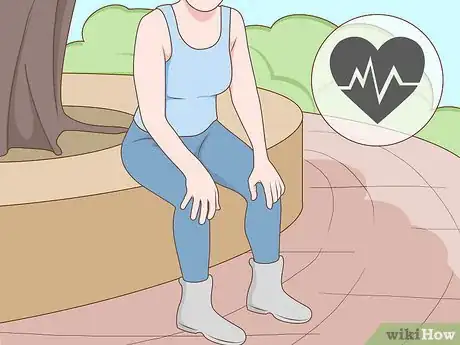
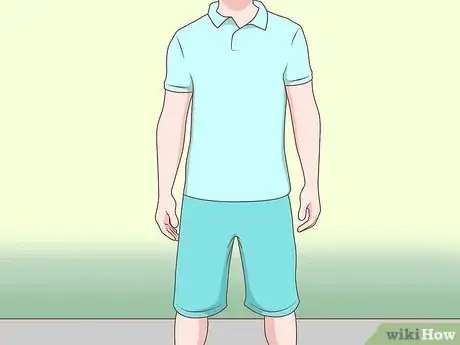
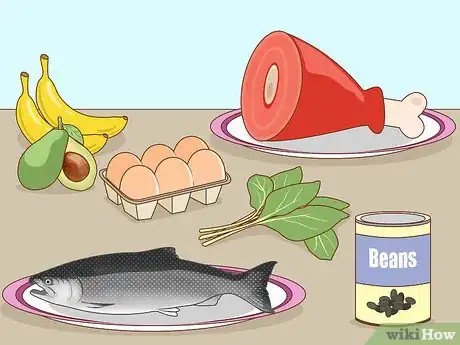
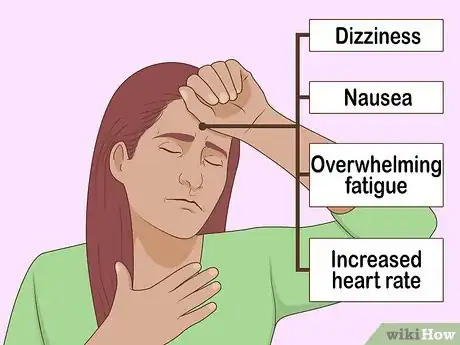

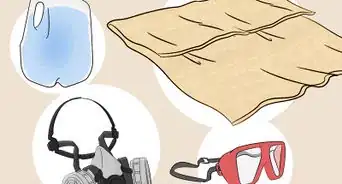
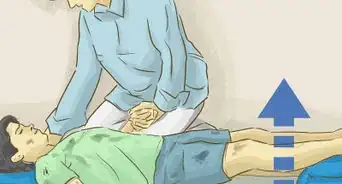


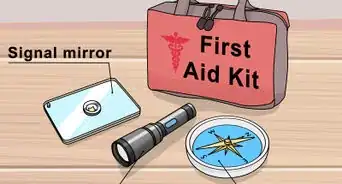


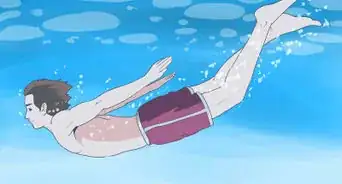
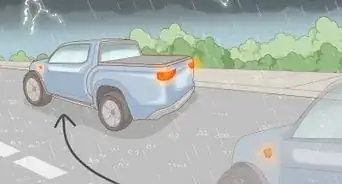
-Step-13.webp)














